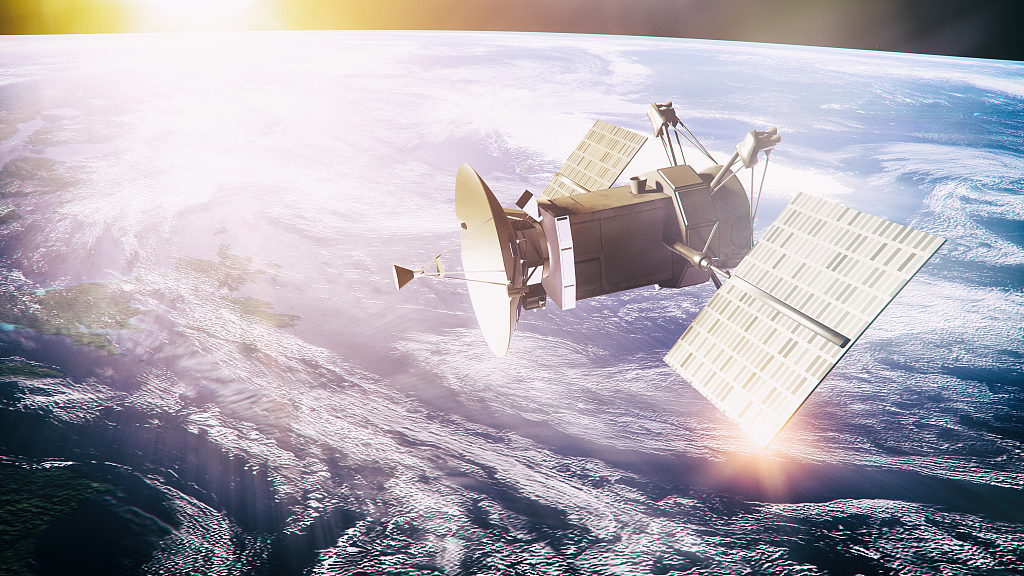
PHOTO:?VCG
By?TANG?Zhexiao
The National Remote Sensing Center of China (NRSCC), together with the European Space Agency (ESA), signed Dragon 5 online on April 1, promoting closer cooperation in the field of Earth Observation (EO) application development.
As a flagship of China-Europe sci-tech cooperation in EO, the Dragon Programme is a cooperation between ESA and the Ministry of Science and Technology of China (MOST).
It is the country's largest international cooperation project in remote sensing technology currently, with the objective to stimulate scientific exchanges in EO science and technology, and research application development in thematic application projects related to land, ocean and atmospheric monitoring.
Beginning in 2004, four phases of Dragon cooperation have been completed, each lasting four years. It has explored a new cooperation mechanism, and jointly carried out more than 200 research projects and trained nearly 1,200 young scientists.
The Dragon 5, which was initial in June 2020, focuses on the exploitation of Copernicus Sentinels, Chinese, ESA and ESA Third Party missions EO data for geo-science. There are 55 joint China-EU teams carrying out geo-science and application development in 10 topics, including newly added climate change and big data analysis.
Wang Qi'an, director of NRSCC, said with the joint efforts of China and Europe, the cooperation of the Dragon Programme has continued to expand its influence. It has not only been strongly supported by MOST and ESA, but also widely recognized by EO scientists.
It has also achieved fruitful results including? sharing?a?large?amount?of China-EU EO data, training a group of outstanding young scientists, and winning high praise from the member states of ESA, according to Maurice Borgeaud, head of Science, Applications, and Climate Activities in the Earth Observation Directorate of ESA.
Both China and the EU agreed that the exchange between the two sides has become one of integrated scientific and cultural cooperation. They will continue to support the programme and regard it as an important part of future China-EU space sci-tech cooperation.
The trio will conduct a series of experiments in fields such as life science, fluid physics, combustion science and materials science. Notably, this is the first time that fruit flies have been taken on a Chinese space mission as experimental subjects. What made scientists choose fruit flies? What experiment will they undergo?
